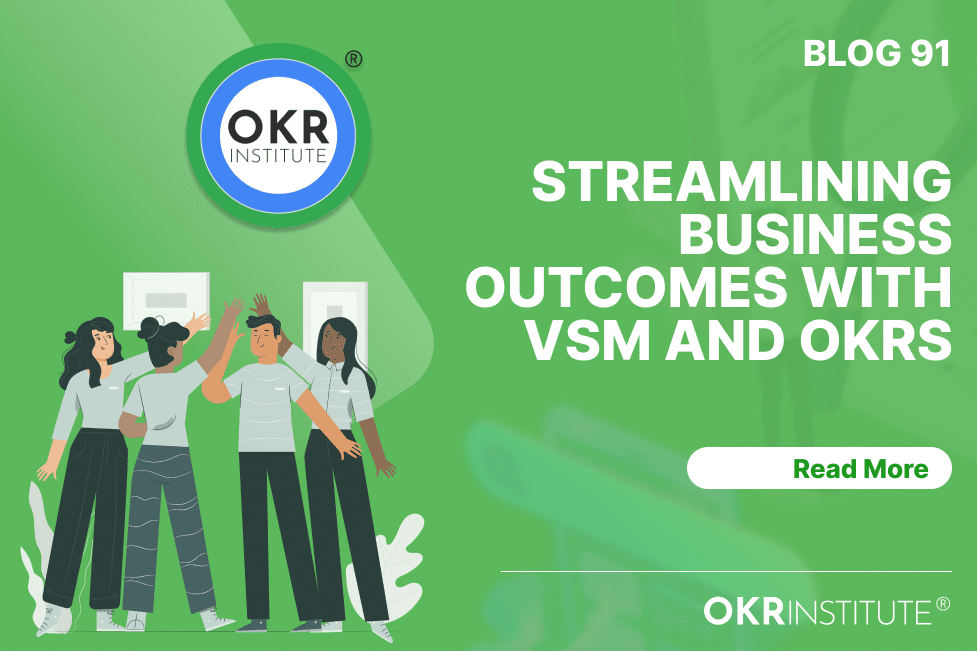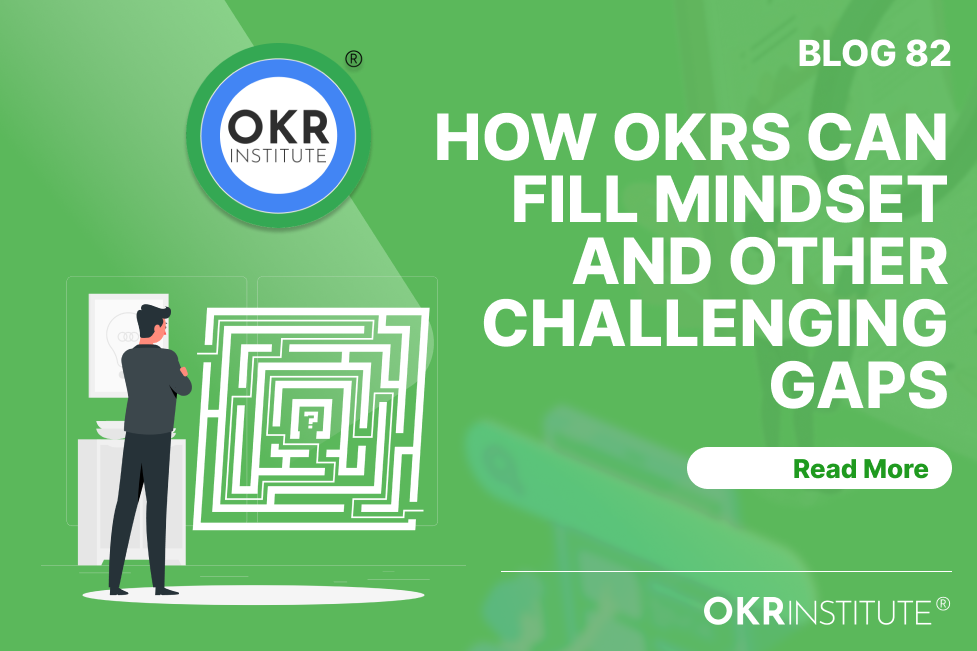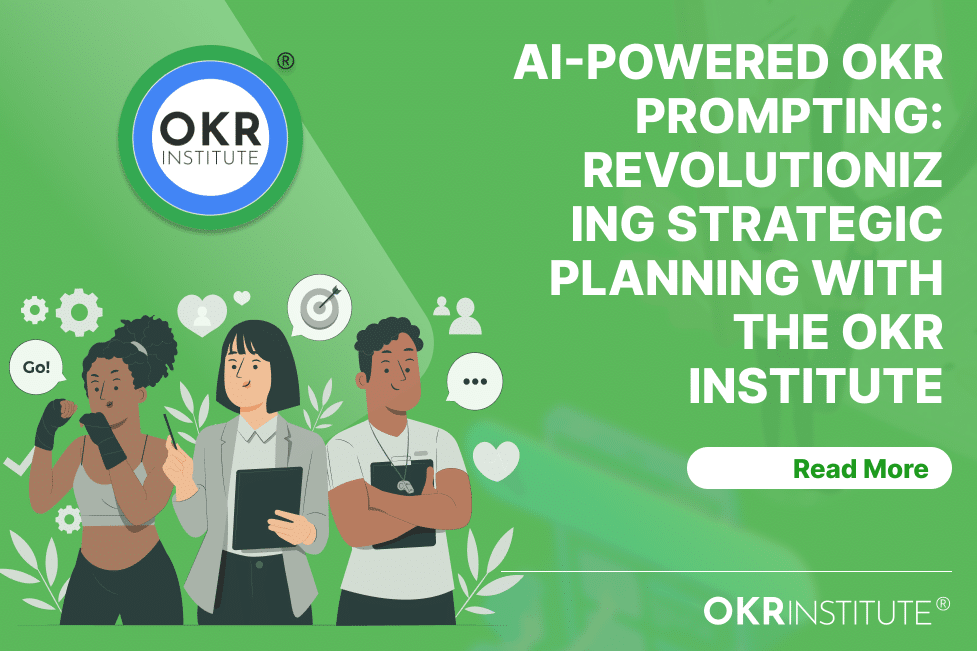An Agile mindset is the starting point for strategy execution

An Agile Mindset is the starting point for Strategy execution.
Strategy execution is firstly about the convergence of mindsets: The same attitude from which strategies originate is often dissimilar to the mentality of those who have to execute the same master plan.
When team members who ultimately have to execute the strategy raise questions, those who created the strategy or strategies often perceive it as resistance to change. However, more often than not, and generally speaking, those very same questions are posed for clarification purposes – If you are unclear on the strategy, how can you execute it?
‘Succes today requires the agility and drive to constantly rethink, reinvigorate, react, and reinvent.’
Bill Gates
A vital consideration might be to rethink and reshape how we create strategies and verbalize and introduce them to those who must execute them. –
- By co-creating strategies as far as possible (The IKEA effect)
- By allowing the strategies to be questioned and reshaped by others who have to execute them:
We are changing the traditional approach and mindset to strategy creation and execution.
Strategies are more precise when they are presented as a set of choices.
Strategies and goals are different, yet it does happen that executives sometimes provide a list of goals when asked for their strategies.
Strategies are more precise when they represent a clear choice or choices. As an Example:
Netflix decided between streaming other studios’ content and creating their own, and the rest is history. When a toy maker starts turning toys into models of perfect scale, they target adult hobbyists over children.
The point of having a strategy is to differentiate yourself from the competition. The highest form of a strategy is to create uncontested market space.
Playing ‘catchup’ with the competition is purely playing ‘catchup’ and not really a strategy in the true sense of the word. When catching up, you will only reach a point that the competition is likely to have already departed from by then.
A Harvard business review article reveals why we all need a story for our Strategy.
What is the first step in any transformation?
Should the first step in any transformation be the change of mindsets? – You must transform into an agile organization with a different mindset than you created a traditional organization.
At the very least, you require an open-minded approach to change for change initiatives to be sustainable:
The deliberate choices of Participation over Power
Progress over Perfection
Autonomy over control
Action over Analysis
Represents a change in mindset. We need to offer immersive experiences of Agile to at least the top ‘three layers of management to support the above choices. The above decisions, for example, Autonomy over control, do not imply that no controls will be in place (Without any rules, chaos will ensue); it is simply a clearly stated preference and a focal point.
Trying to convince decision-makers with only theory will not be sustainable. An experimental approach can be a starting point for introducing OKRs to an organization. When the organization has experienced several years of poor performance, it may be prudent to first go after ‘small wins’ to regain momentum before aiming to achieve ‘stretch goals.
What is an Agile mindset, then?
An Agile mindset can be described as an optimistic and excited view of the future state of our business based on our collective belief in our ability to have a high impact on how we shape our business’s future.
Deliberate choices, such as Progress over Perfection, further represent an Agile mindset. An Agile mindset is aligned to and focused on creating value faster for my customer end-user or client, favoring Agile methodologies such as Scrum and OKR frameworks.
A core element of an agile mindset is embracing beneficial change initiatives fully. A Growth mindset orientation (closely linked to an internal locus of control) is conducive to achieving stretch goals and deploying other Agile methodologies. On the other hand, a Fixed mindset (closely linked to an external locus of control) is not conducive to collaboration, agile methods, and successful transformations.
An internal locus of control orientation means that we take responsibility for our actions and foster the belief that we can improve and grow from our current position. For clarity, it must be stated that an extremely high level of internal locus of control can be counterproductive. Maintaining a balance is always key.
An External locus of control is an orientation toward blaming external factors for poor performance – An overfocus on things beyond your control or influence.
Locus of control can be tested, and you can be coached from an external locus of control orientation to an internal locus of control – albeit, in many cases, this is hard to achieve.
With stakeholder buy-in and Clarity of Vision, strategies will likely come to fruition. Therefore, an Agile mindset aligns with a clear vision and collaboration. To learn more about how OKRs can be the bridge between strategy and execution. Join our OKR Leadership course.
Talent Development Director of the OKR Institute
Related Courses
Recent Posts
Tags
#OKR
#OKR Coaching
#OKR Coach







